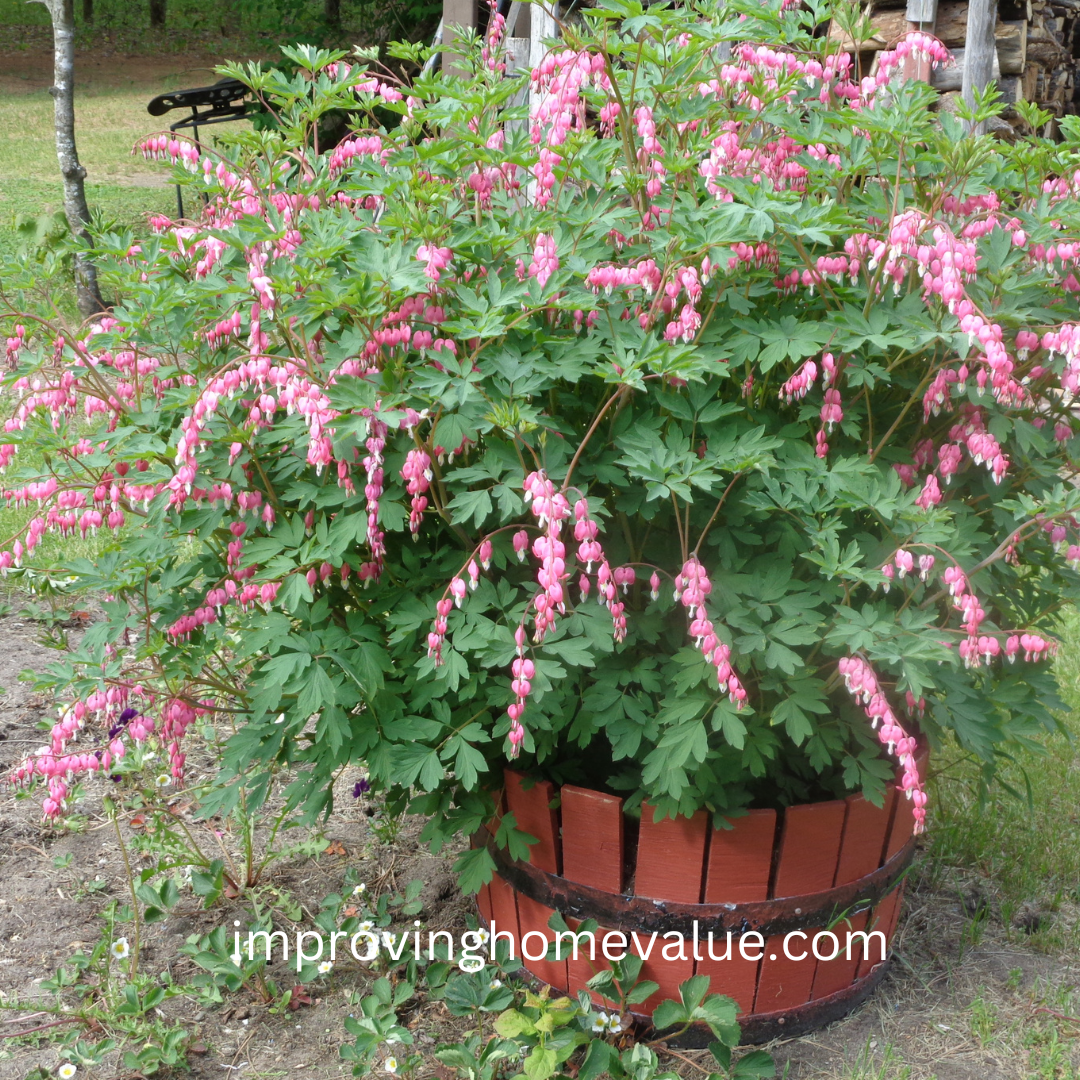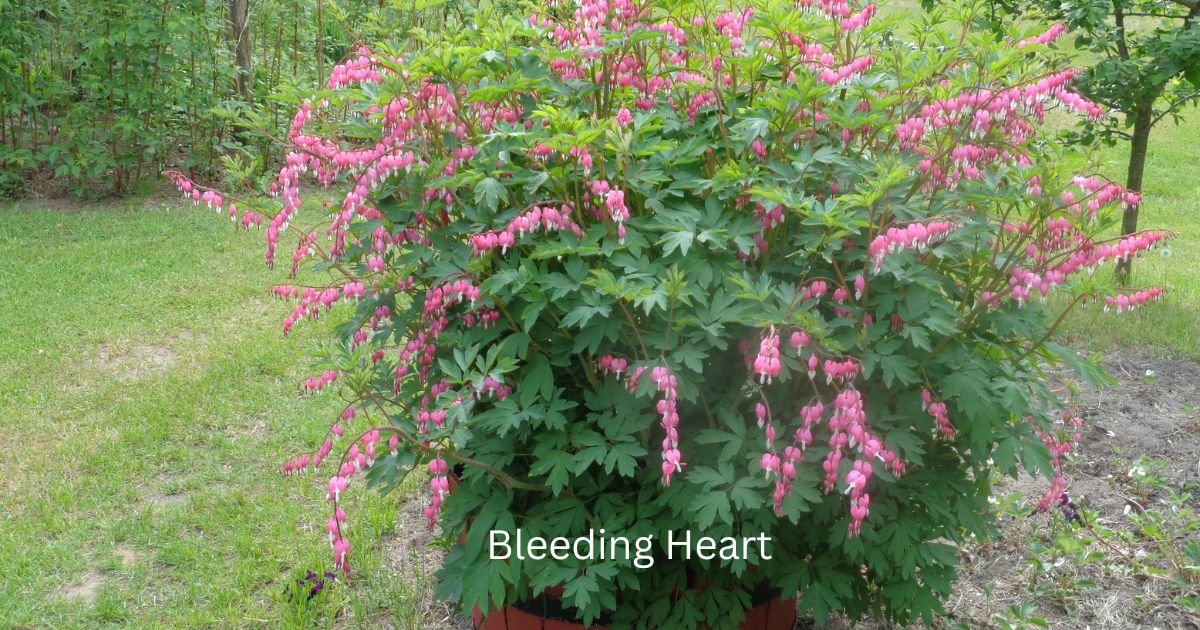Getting the soil right is essential for bleeding heart plants. They thrive in well-draining, rich soil with plenty of organic matter. Adding compost or aged manure to the soil before planting works wonders. Avoid clay-heavy soils that retain too much moisture; it can lead to root rot.
Bleeding hearts love partial to full shade. Think of them as woodland plants. They do well under tree canopies or on the north side of buildings where there’s protection from direct, harsh sunlight. While they need light to bloom, too much direct sunlight can scorch their delicate leaves.
Water needs are moderate. Keep the soil consistently moist but not soggy, especially during their growing season. Once established, they can tolerate short dry spells, but it’s best not to let them dry out completely.
The best time to plant bleeding hearts is in the spring or fall when temperatures are cooler. Planting during these times helps them establish roots without the stress of extreme heat.
On average, bleeding hearts grow to about 2 to 3 feet tall and spread 1 to 2 feet wide. Proper spacing is key to ensure good air circulation, which helps prevent disease.
Ongoing Care and Maintenance
Fertilization is a good idea to keep your bleeding hearts thriving. Use a balanced, slow-release fertilizer in early spring, just as new growth appears. Avoid over-fertilizing, as too much can lead to lush foliage but fewer flowers.
Proper pruning helps maintain plant health. After the blooming season, trim back the yellowing foliage. This not only keeps your garden looking tidy but also encourages the plant to store energy for the next growing season. If you spot any dead or damaged stems, remove them promptly.
Pests aren’t a huge problem, but you might encounter aphids or slugs. Aphids can be tackled with a strong spray of water or insecticidal soap. For slugs, consider using slug bait or making a beer trap. Keep an eye out and act quickly to prevent infestations.
Consistent care is crucial for vibrant growth. Regularly check for signs of disease like powdery mildew, which appears as a white coating on leaves. If you spot it, remove infected leaves and apply a fungicide if needed. Maintaining good air circulation and avoiding overhead watering can help prevent such issues.

Exploring Varieties of Bleeding Heart Plants
The classic Bleeding Heart (Dicentra spectabilis) is probably the most well-known variety. It features soft pink, heart-shaped flowers that gracefully dangle from arching stems. Perfect for a vintage garden look.
Another popular variety is the ‘Alba’ or White Bleeding Heart, which offers the same charming heart-shaped blooms but in a pristine white. It’s a great option for adding contrast against darker foliage.
Ever heard of the Fringed Bleeding Heart (Dicentra eximia)? This variety is smaller, topping out at about 18 inches, and features finely cut, fern-like leaves with pink or white flowers. It’s more tolerant of heat, making it a solid choice for warmer climates.
The ‘Gold Heart’ variety is an eye-catcher with its golden-yellow foliage and rosy-pink flowers. It’s perfect for adding a splash of color to shady garden spots.
Caring for different varieties involves understanding their unique needs. For instance, the Fringed Bleeding Heart prefers slightly more sun compared to its cousins. Adjusting light exposure based on variety will help each plant thrive.
These plants will make a beautiful addition to anyones home gardens, and also are a bee and hummingbird attractors.
